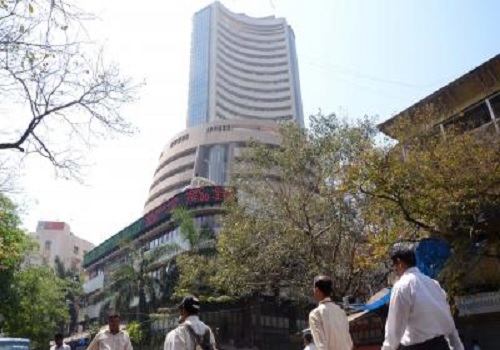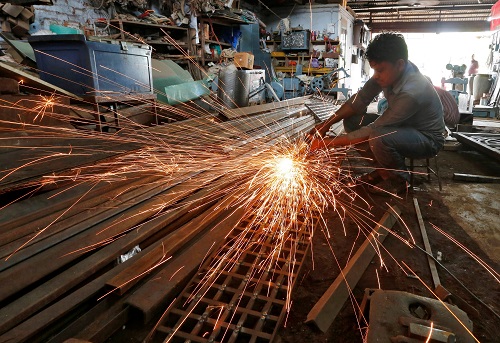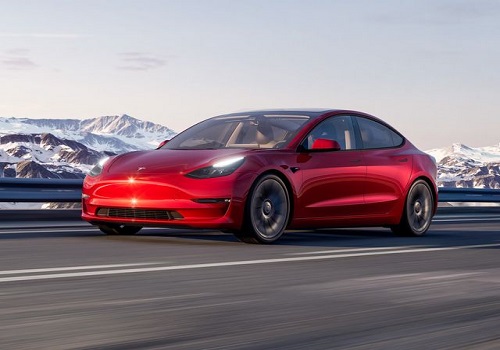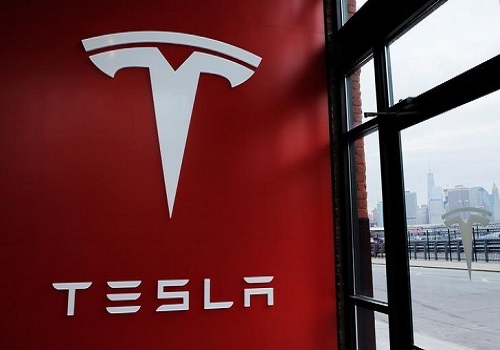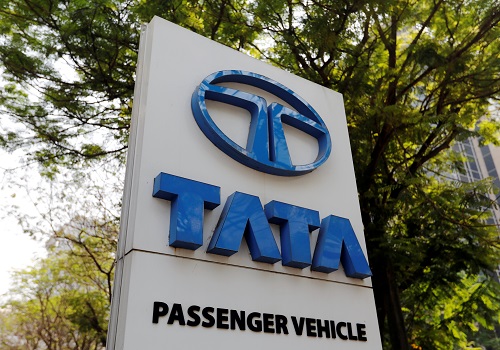India`s Maruti Suzuki aims to win over SUV buyers with new hatchback
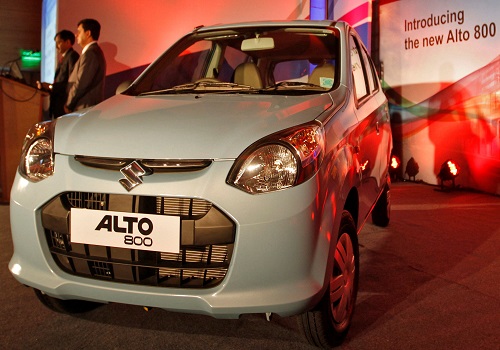
Follow us Now on Telegram ! Get daily 10 - 12 important updates on Business, Finance and Investment. Join our Telegram Channel
Maruti Suzuki is betting that a bigger and more fuel efficient version of its small hatchback, Alto, can bring back buyers to a segment that long-dominated Indian roads but has recently lost its popularity to sports-utility vehicles (SUVs).
Hatchbacks are the backbone of personal transport in India making up 38% of total car sales but SUVs, with their sporty body styles and in-car connectivity features, took the lead last fiscal year with around a 40% share.
India's biggest carmaker hopes to arrest this trend by targeting young buyers in large cities with its new Alto which is bigger than its predecessor, has a larger, one litre engine and more features, said Shashank Srivastava, senior executive officer, marketing and sales.
"We have a bigger, more powerful car ... and geographically also we are expanding the base," Srivastava told Reuters ahead of the car's launch on Thursday.
He said about 65% of Alto's sales come from smaller cities but with the new model Maruti is targeting buyers in bigger cities between the age of 25 years and 35 years.
Maruti, majority-owned by Japan's Suzuki Motor Corp, dominates the entry-level, small car segment in India with models like the Alto, which has been a top-seller in the country for several years. But with high inflation and other factors pushing up car prices, growth of small cars has slowed.
"The affordability in this segment has come down for various reasons. The sensitivity to price rises is much higher," he said, adding that Alto is the first car for many buyers - a cost-conscious segment that Maruti will continue to target.
"This segment will play a very important role in the future", Srivastava said, adding that first time buyers make up 50% of cars sold in the country.
Entry-level cars like Alto currently make up about 15% of Maruti's total annual sales and Srivastava expects this to grow with the new model.
Maruti expects total car sales in India to rise to about 3.7 million this year from about 3.1 million last fiscal year, he said. But this could be impacted by high inflation and material costs, supply chain disruptions, as well as new regulations.












 320-x-100_uti_gold.jpg" alt="Advertisement">
320-x-100_uti_gold.jpg" alt="Advertisement">

